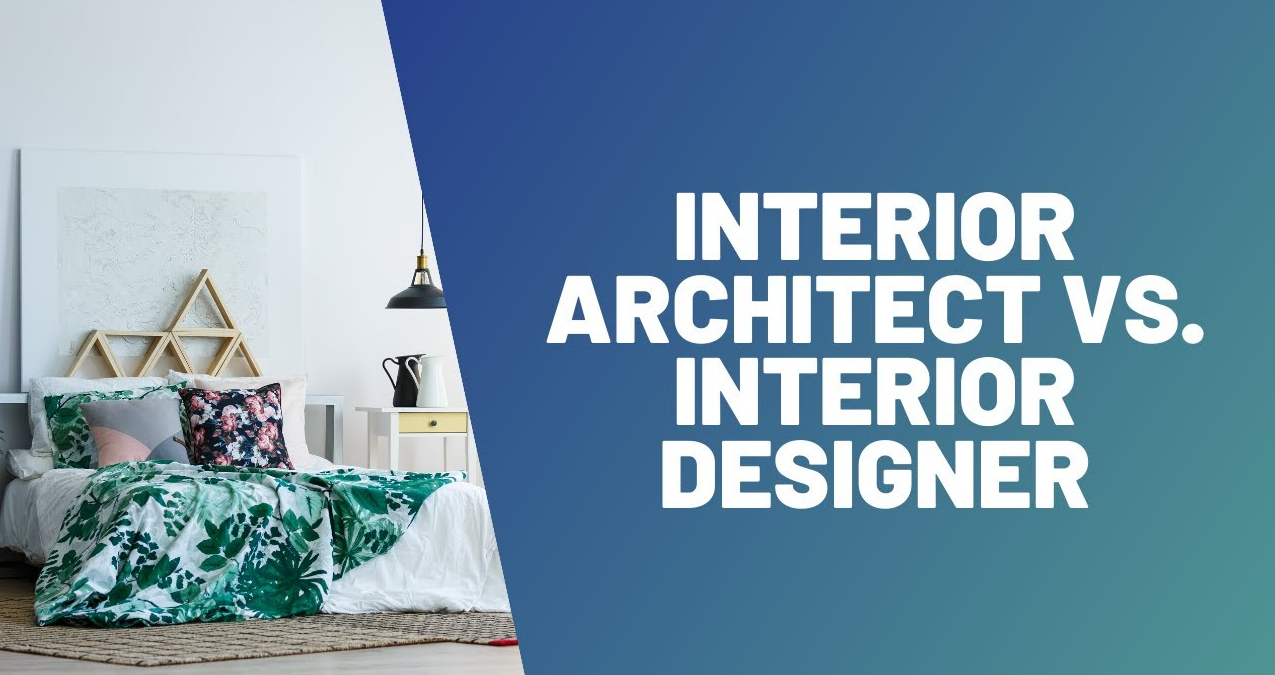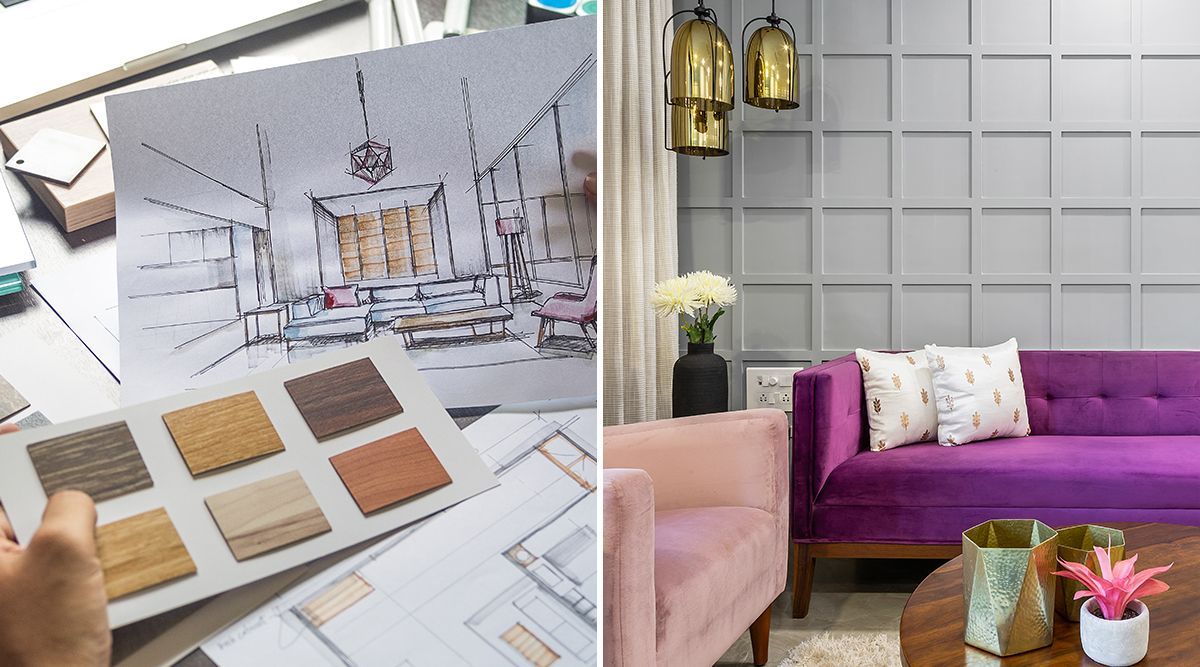Designing Your Desire Room: The Impact of Interior Design and Home Engineer on Home Visual Appeals
The magic of making a dream home exists not only in architectural expertise yet also in the fragile creativity of interior design. These two self-controls intertwine, with design supplying the skeletal structure while indoor design breathes life right into the area with shade, furniture, and appearance choice.
The Intersection of Interior Design and Architecture: Even More Than Meets the Eye
Although lots of people believe that indoor layout and architecture are two separate techniques, a closer evaluation reveals a fascinating junction between the 2. Design lays the foundation, supplying the covering within which interior decoration operates. Nonetheless, the kind and feature of a space are not entirely dictated by its building layout. Interior Design plays a pivotal function in improving and finishing a framework's architectural elements, focusing on the option and discussion of indoor products such as furnishings, fixtures, and finishes. It is the interplay of these two self-controls that brings a space to life, transforming it from a plain architectural entity right into an all natural, lived experience. This symbiotic partnership underscores the relevance of integrating building concepts right into indoor design, and the other way around, to attain an unified and cosmetically pleasing atmosphere.
Utilizing the Power of Colors and Textures in Home Design
While the framework of a home might be the canvas, it is ultimately using colors and structures within interior style that brings the vision to life. The calculated application of colors can establish the state of mind, produce consistency, and even affect the regarded size of a room. Neutral shades offer a feeling of calm and space, while vibrant shades can energize and draw emphasis. In a similar way, appearances play a pivotal duty in including deepness and personality to a space. Rough textures, like raw timber or block, give rustic charm, while smooth surface areas, like marble, radiate style. By recognizing the psychological impact of shades and tactile allure of structures, one can successfully transform a residence right into a aesthetically engaging and psychologically interesting home.

The Function of Furnishings in Defining Area and Lifestyle
Furniture functions as a defining aspect in interior decoration, influencing both room and way of living. It not just supplies functional utility however also adds to the visual allure of you could check here the home. The choice of furniture can dramatically affect the understanding of space, with bigger items developing an impact of grandeur, while smaller, minimal designs can make a space show up roomy. Additionally, furniture acts as a representation of the house owner's way of living and individual preference. A preference for vintage, rustic furniture might indicate a love for custom, whereas sleek, modern-day pieces commonly suggest a contemporary, urban way of life. Hence, furniture selection plays a crucial function in defining and personalizing area, with each item acting as a testament to the house owner's unique identification. Countryside Homes interior design.

Building Factors To Consider for Personalized Spaces
Past the significant role of furnishings, architectural considerations additionally play a pivotal part in individualizing areas. The format, style, and structure of a home can dramatically affect its overall aesthetic, capability, and the occupants' comfort. Recognizing the home's architectural elements, such as the shapes and size of spaces, the positioning of doors and home windows, and the kind of products made use of, can help one customize their space to their way of living and preferences. Furthermore, building elements like arches, staircases, fire places, and columns can function as the prime focus of a space. Stabilizing these architectural details with ideal furnishings, color design, and illumination can create a customized and harmonious environment. Style, consequently, is an essential element click this site in creating one's dream space.
The Emotional Effect of Aesthetically Pleasing Spaces
The influence of aesthetically pleasing spaces on check out here human psychology is profound. Conversely, badly made rooms can engender feelings of discomfort or stress. Interior design and architecture are not merely about producing aesthetically attractive rooms, yet additionally about growing settings that boost mental health and wellness and fulfillment.

Verdict
Finally, developing your dream room is a nuanced procedure that balances the structural components of architecture with the aesthetic options of indoor design. By very carefully picking colors, structures, and furnishings, you can craft rooms that not only look lovely yet also functionally serve your way of living. Inevitably, the successful integration of these techniques advertises well-being, stimulates imagination, and cultivates a feeling of individuality within the home.
Designing Your Dream Area: The Impact of Inside Style and Home Engineer on Home Visual Appeals Countryside Homes interior design.
The magic of designing a dream home lies not only in architectural prowess however likewise in the delicate creativity of interior design. These two disciplines intertwine, with architecture providing the skeletal structure while indoor layout takes a breath life right into the room with furnishings, color, and structure option.Furnishings offers as a defining element in interior layout, affecting both room and lifestyle.In conclusion, developing your desire room is a nuanced process that stabilizes the architectural elements of style with the aesthetic selections of indoor style.